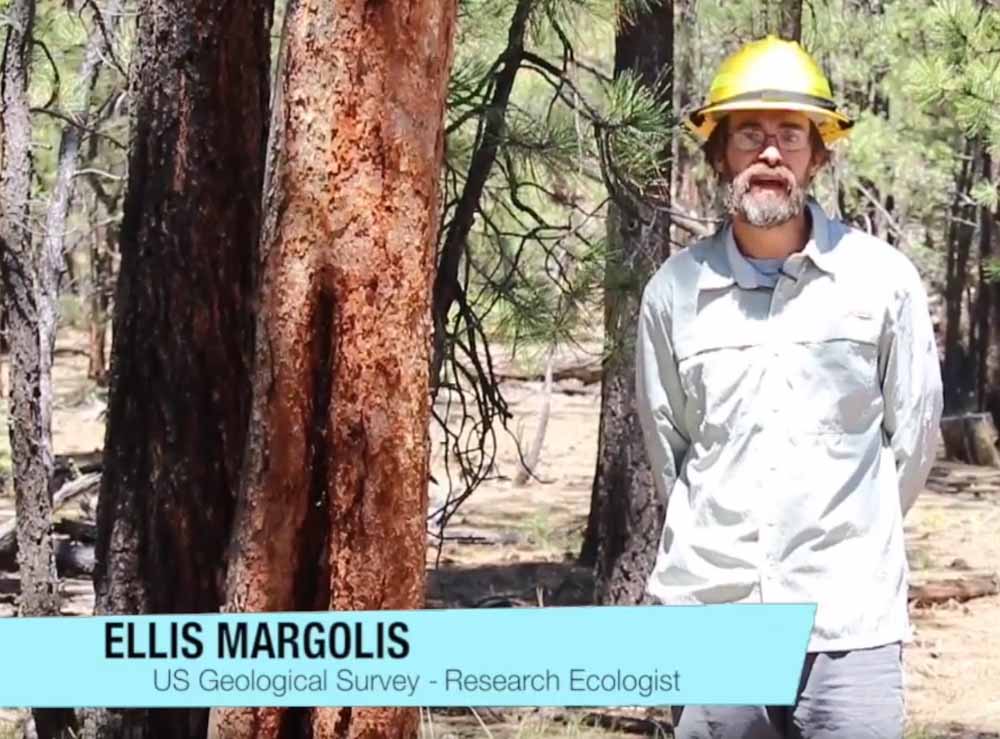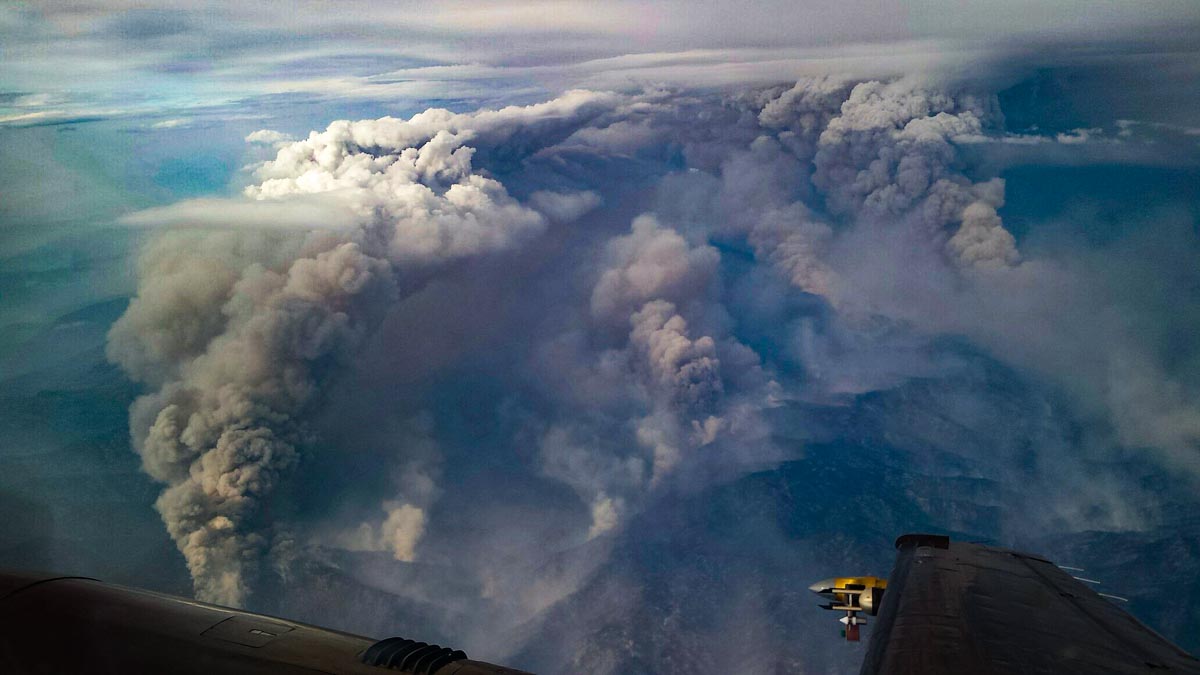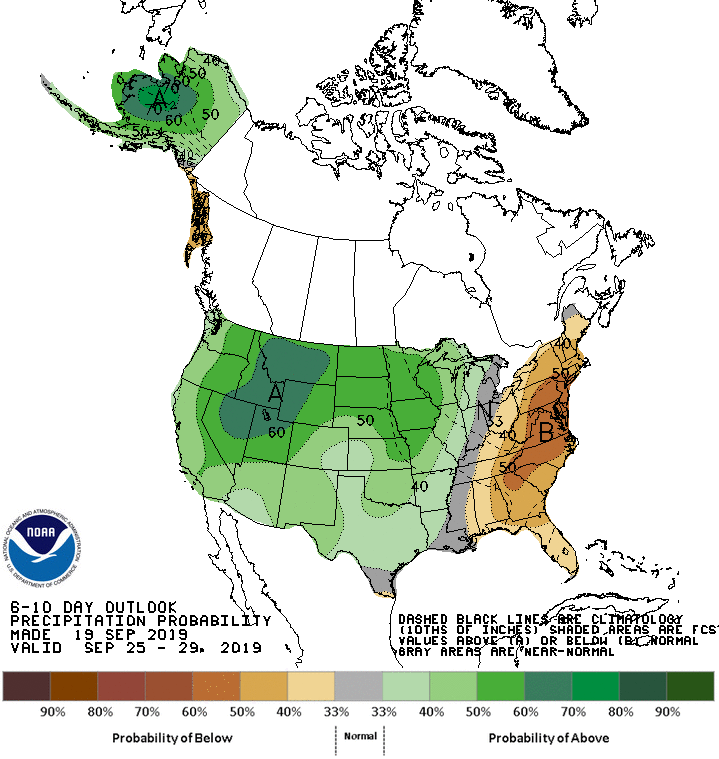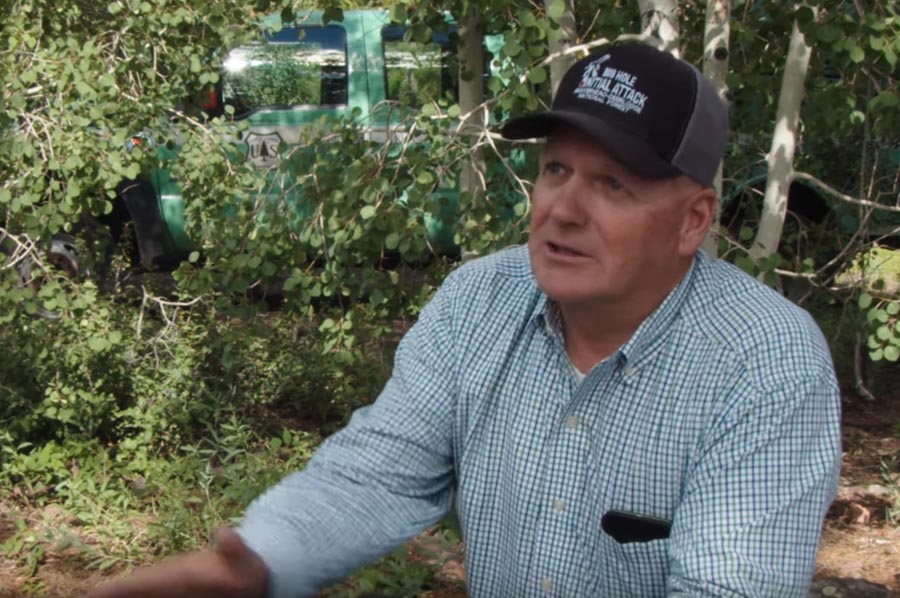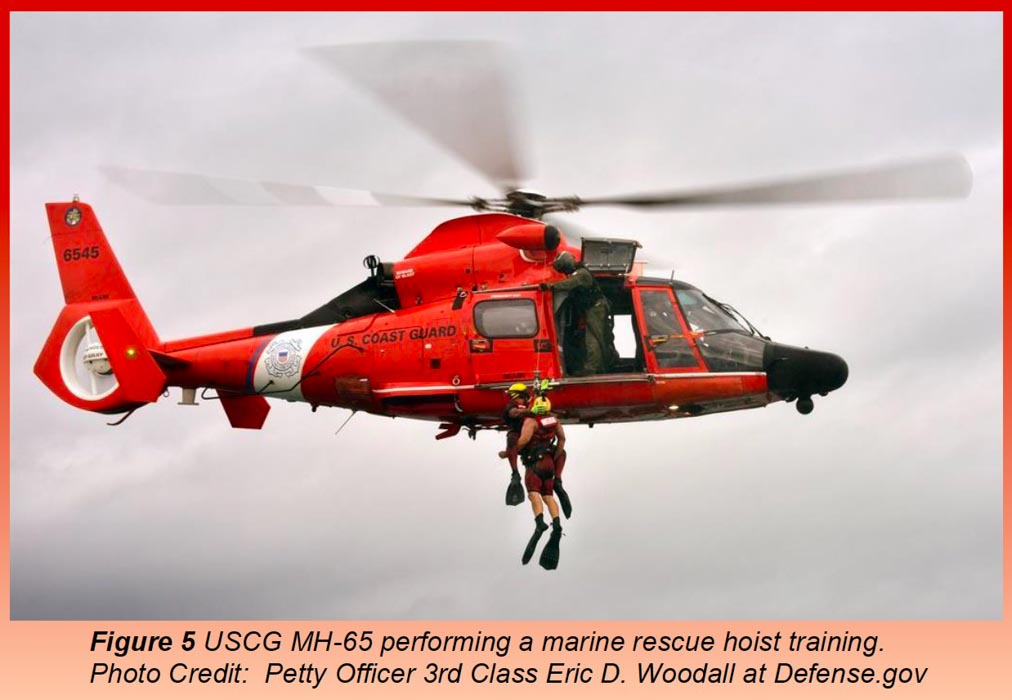
After one of their helicopters used a hoist to extract two seriously injured firefighters on the Middle Fire in Northern California, the Coast Guard issued a press release that read in part:
…The helicopter crew approached the extraction zone and made a high-altitude, tree-top hoist from 240 feet, the helicopter’s maximum hoist range. The injured firefighters were flown to Weaverville airport and transferred to emergency medical services.
“This rescue was extremely challenging due to the proximity to an active fire, the high elevation and the rugged terrain,” said Lieutenant Commander Derek Schramel, the pilot in command of the mission. “I’m very proud of how our crew worked together with our fire service and law enforcement partners in Trinity County to save these two men.”
The press release failed to mention that the injured firefighters were rescued and then delivered to two medical helicopters at Weaverville more than seven hours after the Coast Guard received the request for the mission.
We wrote about the hoist rescue on September 9, 2019.
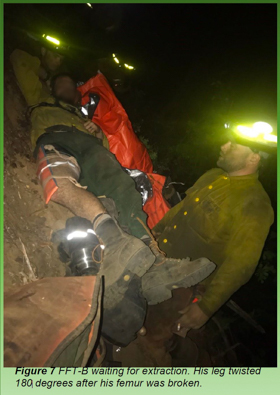
On September 6, 2019 two firefighters were seriously injured by a rolling rock while working at night on the Middle Fire on the Shasta-Trinity National Forest in Northern California. One firefighter was knocked unconscious for 30 seconds due to a head injury. The rock also hit his neck and shoulder. The other firefighter had a very serious broken femur causing his leg to be twisted about 180 degrees.
(Download the Rapid Lesson Sharing report; 1.6 MB)
During this night shift the only resource on the fire was one contract Type 2 Initial Attack crew. The Crew Boss was the Incident Commander on the fire and had been on the Dutch Creek Fire in 2008 when Andrew Palmer was injured by a falling tree and bled to death. Mr. Palmer remained at the site for two hours while EMTs and fellow firefighters struggled to settle on and carry through a workable plan.
And, on the Iron 44 fire in 2008 the IC had been on the helicopter flight immediately before the crash of the overweight helicopter that killed nine firefighters and flight crew personnel.
The IC was thinking about the delay in extraction and a too heavy helicopter when the Coast Guard helicopter arrived over their fire at 2340 and the pilot said the ship was too heavy to extract personnel at 4,500 feet and would have to loiter to burn off fuel.
After flying for 90 minutes the pilot said the helicopter was still too heavy and would have to return to base to reconfigure. The crew was told that only one firefighter could be extracted, so they moved the firefighter with the head and shoulder injuries to a different location. When the helicopter was en route back, the pilot told the IC to prepare both patients for extraction—they could take both after all, so the crew carried the second firefighter back to the hoist site.
The helicopter was back on scene sometime after 0300. The two firefighters were extracted and delivered to two waiting medical helicopters at Weaverville at 0350. The patients were flown to “Mercy Hospital” (or Mercy Medical Center in Redding which is about 35 miles from Weaverville).
Here is the time line, according to the Rapid Lesson Sharing report:
2100 — Two firefighters hit by a rock
2107 — The IC requested extraction of the victims by helicopter with hoist
2117 — The Coast Guard was called to request a helicopter
2252 — The Coast Guard accepted the mission
2340 — Coast Guard MH-65 Dolphin helicopter arrives at the fire. Pilot says the ship is too heavy to hoist, orbits for 90 minutes to burn off fuel, then still too heavy, flies back to reconfigure.
0300 — (approximately, or later), Coast Guard helicopter is back on scene
0350 — Coast Guard helicopter extracts then delivers the two firefighters to two waiting medical helicopters at Weaverville. They were then flown to a hospital or medical center.
The firefighters were lucky that at least there was a Coast Guard helicopter available to take on the mission, even though the injury-to-hospital-time was over seven hours.
To be fair, conducting a hoist rescue at night far from the coast at 4,500 feet above sea level is not a primary mission for the Coast Guard. But fighting fire in every kind of imaginable condition is routine for wildland firefighters. The Coast Guard, judging from this incident, is not prepared that kind of mission, but it is not uncommon for the wildland fire agencies to have to extract injured firefighters at night in remote, rugged terrain.
The U.S. Forest Service does not have in-house capability to use a helicopter to extract injured firefighters at night. Some of their contract helicopters are approved for and have a helitack crew that can perform short-haul operations during daylight hours.
One of the lessons learned that was identified in the report is:
Be willing to turn down an assignment if evacuation of an injured person is not possible in a timely manner.
Below is video of the hoists, shot from the Coast Guard helicopter.
Our opinion:
The federal and state agencies with major wildland fire programs need to develop the day and night capability to extract injured firefighters within one hour. Failure to do so is firefighting malpractice.

